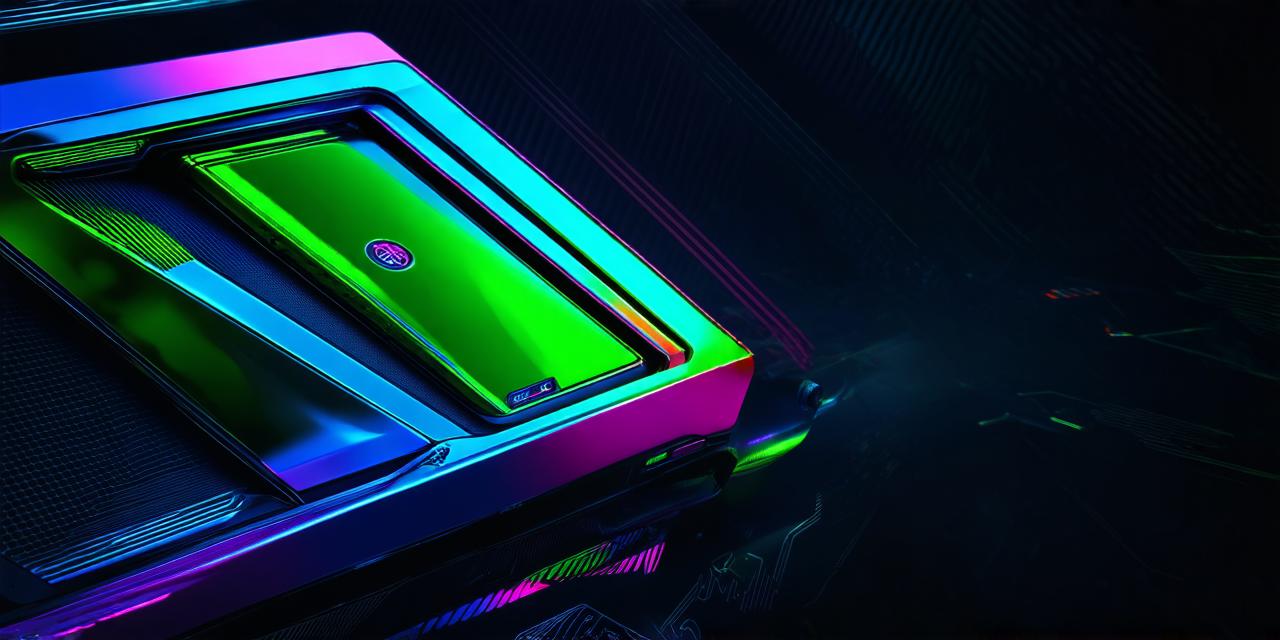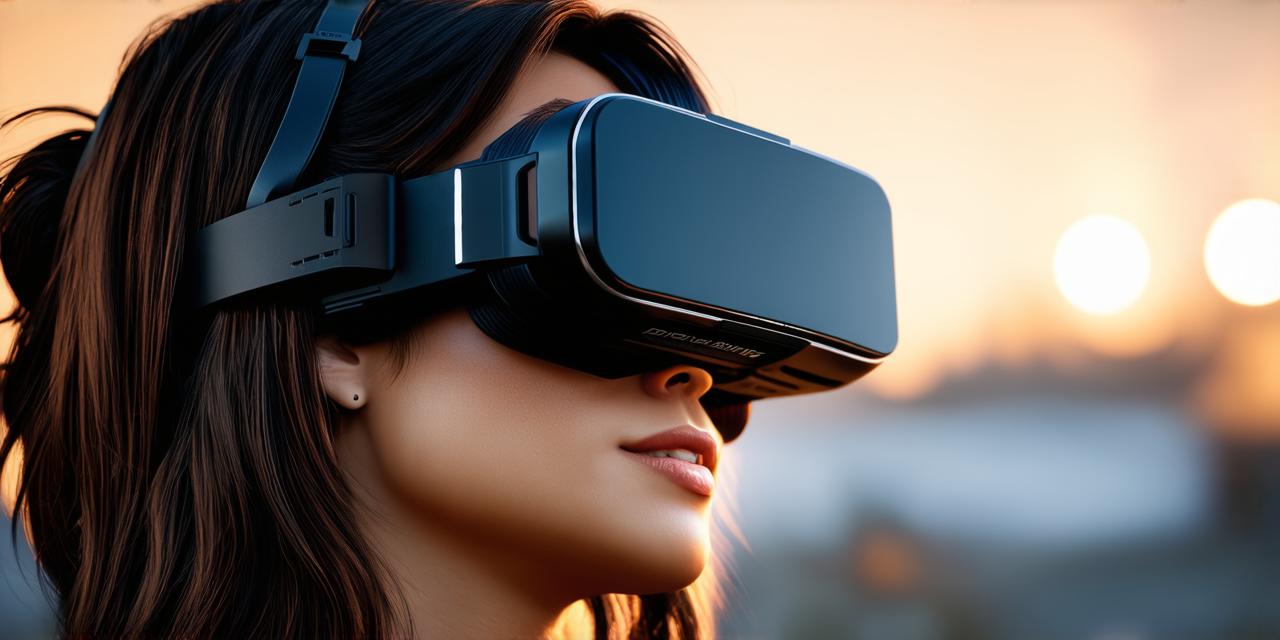Virtual reality (VR) technology has come a long way since its early days. Today, it’s possible to set up a VR system at home and experience immersive gaming and other interactive content. But what do you need to get started with VR? In this article, we’ll take a closer look at the hardware and software requirements for setting up a VR system.
Hardware Requirements
The first thing you’ll need is a virtual reality headset. There are many different types of VR headsets available on the market, ranging from budget-friendly options to high-end models with advanced features. Some popular VR headsets include the Oculus Quest 2, HTC Vive Pro Eye, and PlayStation VR.
In addition to a VR headset, you’ll also need a powerful computer or gaming console to run the software required for VR. For most VR systems, you’ll need at least a quad-core CPU, 8GB of RAM, and a dedicated graphics card with at least 2GB of VRAM. If you plan on using VR for professional applications like architecture or design, you may need a more powerful system with more RAM and a higher-end graphics card.
You’ll also need a pair of tracking sensors to accurately track the movement of your VR headset. These sensors usually come bundled with the headset, but if you’re using an older model or if you want to add extra tracking capabilities, you can purchase additional sensors separately.
Finally, you’ll need a VR controller to interact with the virtual environment. Most VR systems come with controllers that are designed specifically for the headset, but some systems may require separate controllers that you’ll need to purchase separately.
Software Requirements

In addition to the hardware, you’ll also need software to run on your VR system. Most VR systems come with their own operating system, which is designed specifically for VR applications. For example, the Oculus Quest 2 runs on the Android operating system, while the HTC Vive Pro Eye runs on Windows.
You’ll also need VR software to run on your computer or gaming console. There are many different types of VR software available, including games, educational applications, and professional tools like architecture and design software. Some popular VR software includes Half-Life: Alyx, Beat Saber, and Job Simulator.
Finally, you’ll need to install the tracking software that comes with your VR headset. This software is responsible for accurately tracking the movement of your VR headset and controller, and it’s essential for a smooth and immersive VR experience.
Conclusion
Setting up a virtual reality system can be a complex process, but with the right hardware and software, it’s possible to enjoy an immersive gaming or interactive experience at home. By following the steps outlined in this article, you should be well on your way to setting up a VR system that meets your needs.



